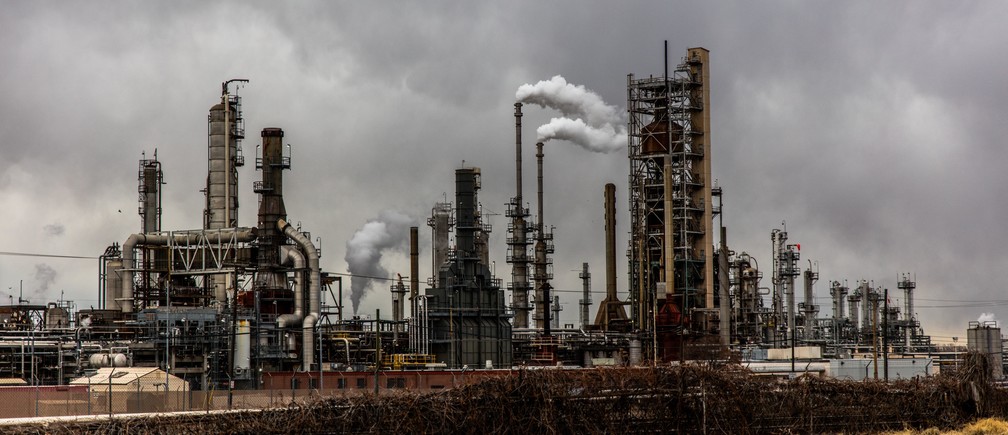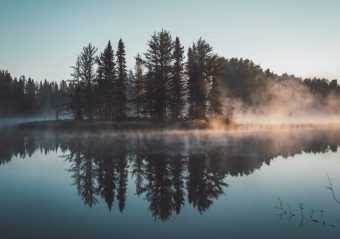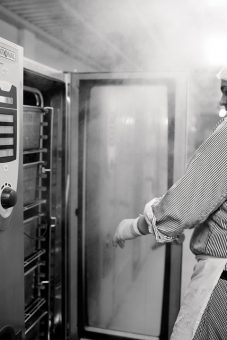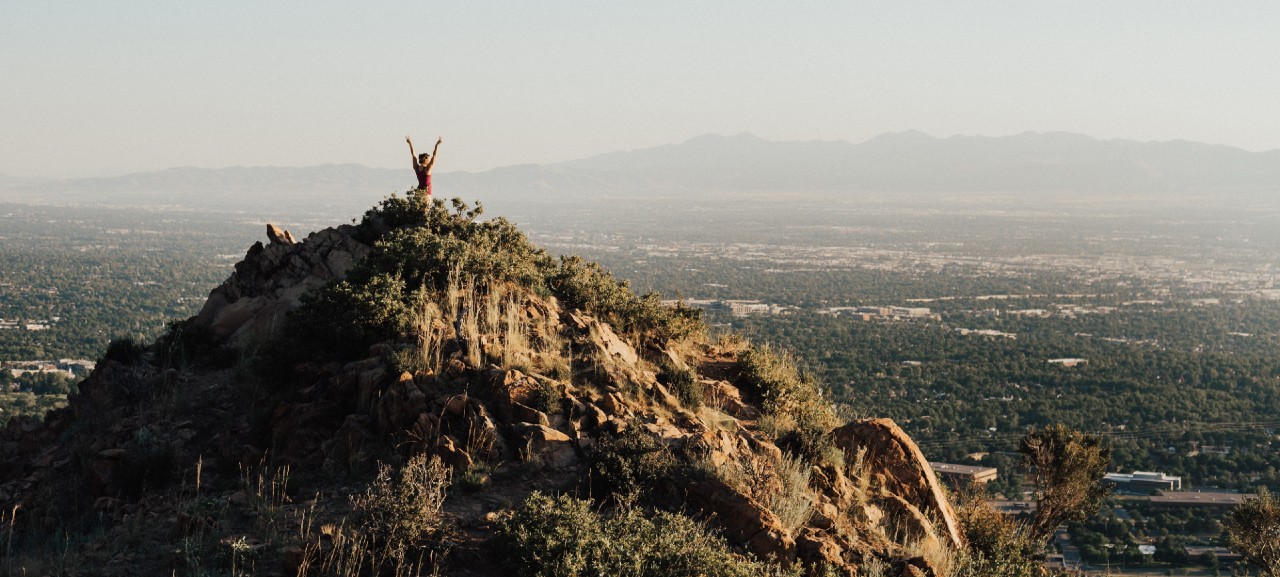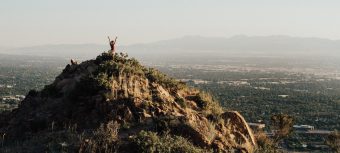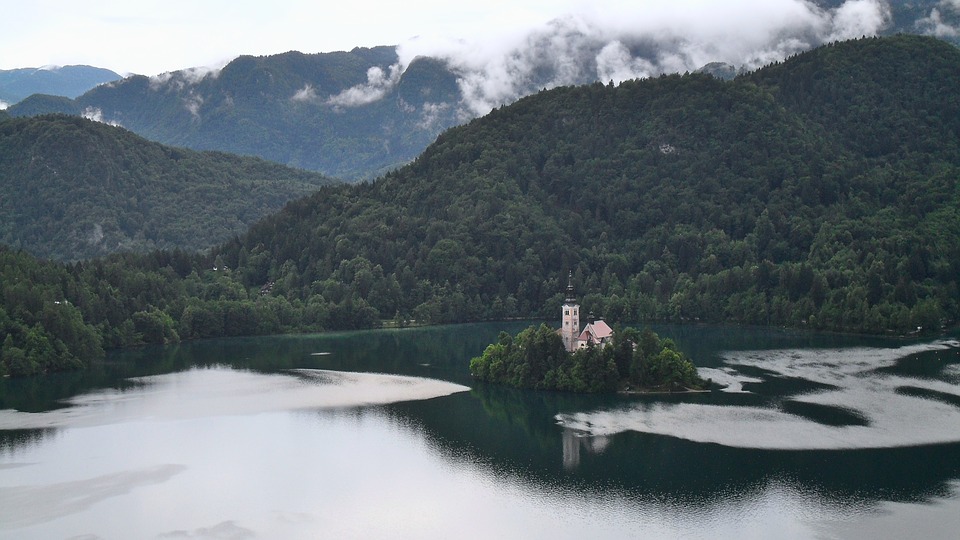The United Nations Environment Programme (UNEP), together with UN-Habitat and IQAir, a Swiss air quality technology company, today launched the world’s largest air quality data platform, bringing together real-time air pollution data from over 4,000 contributors, including citizens, communities, governments and the private sector to work towards healthier, more sustainable cities.
Launched at the Tenth World Urban Forum in Abu Dhabi, this partnership – currently reaching over 15 million users and covering more than 7,000 cities worldwide – aims to sustain and grow the world’s foremost air quality databank.
The data, shared on a single, UN-coordinated platform, will empower governments to take action to improve policy, allow citizens to make more informed health choices and demand action from their governments, while giving businesses the ability to make investment decisions that promote a cleaner, greener environment.

The need to act is urgent. Globally, 7 million people die each year because of air pollution; 650,000 of these are children. Air pollutants not only affect our health, they also affect ecosystems and food production; air pollution is also linked to climate change. Despite this, most citizens don’t have access to real-time air quality data.
“Air pollution is a public health emergency and an environmental emergency that affects everyone, everywhere, said Joyce Msuya, Deputy Executive Director of UNEP. “We are excited to be launching this partnership with UN-Habitat and IQAir to bring information and, importantly, encourage action by citizens, governments and the private sector.”
The UNEP platform builds upon IQAir’s technology to aggregate, validate and calibrate air quality data that up until now was either restricted to individually-run websites or apps, or not shared publicly. UN-Habitat helps cities to develop plans that can reduce air pollution, including better public transport and waste management interventions.
Even within a single country or city, access to air quality information can vary among different communities. And while Europe, Asia and North America have thousands of monitoring stations providing real-time air quality information on PM2.5 – the fine particulate matter largely responsible for deaths and illnesses – to the public, many developing countries lack infrastructure. For Example, Africa, a continent of 1.3 billion people, has just 50 publicly accessible air quality monitoring stations measuring PM2.5. Immediately following the launch of this new Platform, that number will increase to 85, with the inclusion of the City authorities of Addis Ababa, Nairobi and Kampala whom are actively engaged in deploying local monitoring networks.
“Poor air quality is a problem that affects urban populations particularly seriously so the ability to measure and take action to improve the health of those living in our towns and cities is critical; UN-Habitat is proud to be part of this important work,” said Maimunah Mohd Sharif, Executive Director of UN-Habitat.
The platform addresses the global air quality information gap by bringing together data collected by governments, NGOs, companies and local community groups and individuals. Anyone can apply to contribute real-time air quality data. To ensure data accuracy, IQAir brings its experience in creating and operating its global air quality map to ensure the reliability of published data through its validation and calibration system, which uses advanced machine-learning algorithms.
“We recognize that some of the world’s most vulnerable communities are disproportionately affected by poor air quality,” said IQAir CEO Frank Hammes. “Through our partnership with UNEP and UN-Habitat, we empower more citizens, communities and governments around world to monitor their air quality with low-cost air pollution sensors and make the changes necessary to breathe cleaner, healthier air.”
By improving access to real-time air quality data, this unique collaboration between UN entities, the private sector and local governments is expected to accelerate efforts to change how transport, waste management and other services are managed in cities so that air pollution from these activities is significantly reduced, if not eliminated.
Examples of successful policies to improve air quality exist: In the Chinese capital, Beijing, through a systematic approach based on strong science and coordinated successfully with surrounding cities and regions, the concentration of fine particulate matter (PM2.5) in the air has fallen by 35% in just five years (2013-2017).
Source: UNEP







